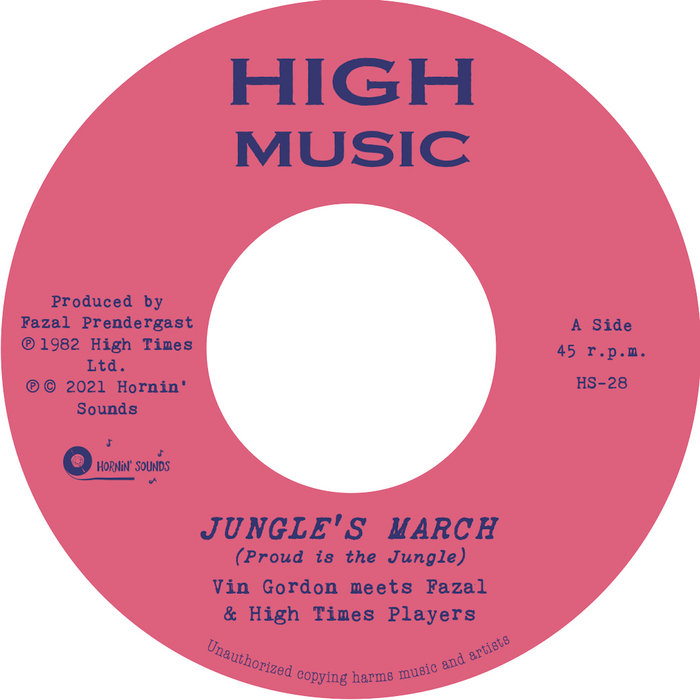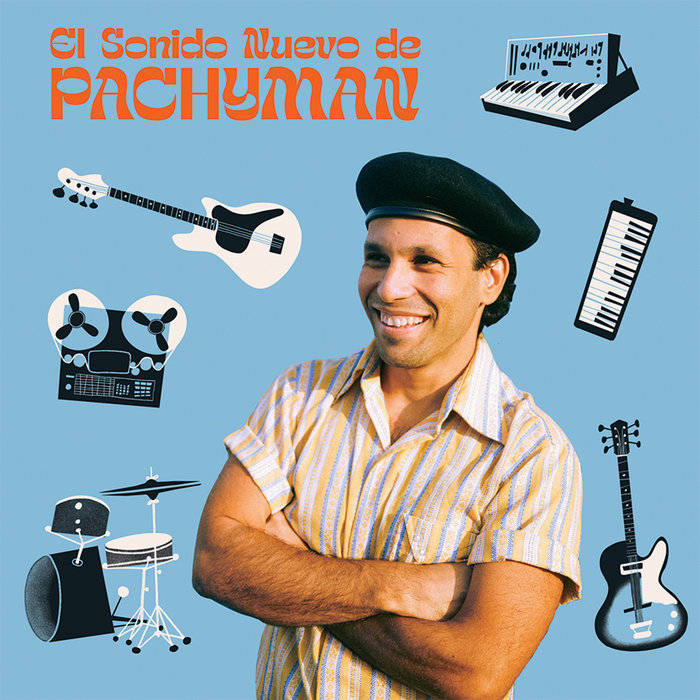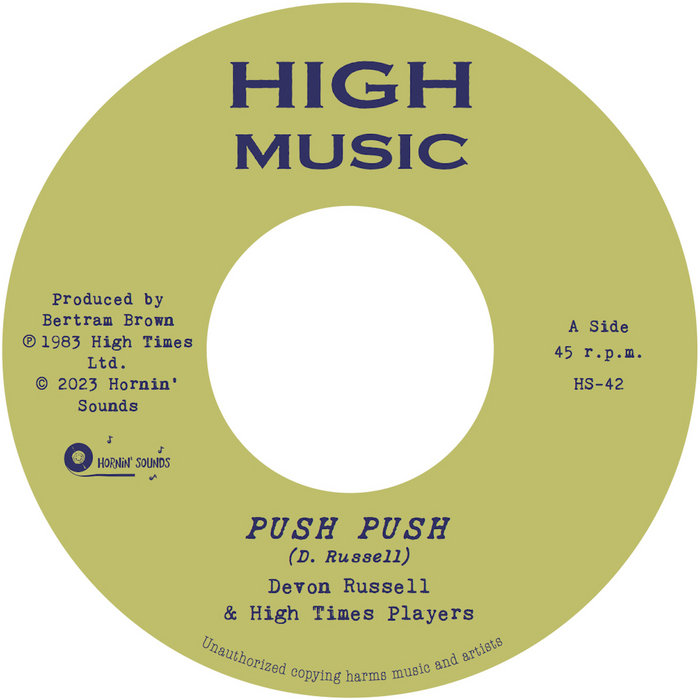
Jungle's March – Vin Gordon meets Fazal Prendergast
this blog is GROOVY – check out great Soul, Funk, Jazz, Hip Hop, Bass, Breaks , Reggae, House n many more TUNES
Hey there, music lover! Let’s take a funky dive into the colorful world where music meets science. From wild experiments to bizarre tunes, there’s a treasure trove of knowledge and laughs waiting for us. So buckle up and let’s jam through the history of musicians who danced to the beat of science!
Music isn’t just about catchy hooks and slick beats; it involves some serious science too! Think about it: sound waves, frequencies, acoustics—the whole shebang is grounded in scientific principles. The ancient Greeks were among the first to explore this connection when they discovered how different lengths of strings produce different pitches. Pythagoras himself was strumming away with his own mathematical band!
Fast forwards to the Renaissance era—an epic time for artists and thinkers alike. Musicians like Josquin des Prez were laying down harmonies while mathematicians like Galileo Galilei were investigating sound waves. And let’s not forget Johann Sebastian Bach, who was basically the rock star of his time but also dabbled with physics by exploring vibrations.
Did you know that Bach loved puzzles? He hid musical codes within his compositions using numbers! For example, he would use notes corresponding to letters—BACH (B-A-C-B) became one awesome riff hidden within genius melodies.
As we rolled into the 19th century, musicians got a little wilder. Imagine composers like Beethoven paired up with scientists discussing acoustics over coffee before jamming together on their pianos (okay, maybe that part didn’t happen exactly). But seriously—this period saw inventors creating instruments based on scientific discoveries.
When electricity entered our lives in the early 20th century, musicians couldn’t resist experimenting! George Beauchamp invented the electric guitar in 1931—a game changer that lit a fire under rock ‘n’ roll dreams everywhere! Meanwhile, Les Paul (yes THE Les Paul) wasn’t just shredding; he was also an innovative inventor tinkering with multi-track recording techniques long before you could dub your friend’s voice into your latest banger.
Speaking of guitars—and legends—let’s chat about Jimi Hendrix. This man wasn’t only a guitar virtuoso; he had quite an adventurous spirit too! In fact, during one unforgettable performance at Woodstock in ’69, he famously set his guitar on fire… while playing “The Star-Spangled Banner.” Talk about taking your act up in flames… literally!
Moving forward into space-age sounds during the late ’60s and ’70s brought forth synthesizers which mashed together tech and tunes even further! Musicians such as Wendy Carlos took these new gadgets for a psychedelic joyride on her groundbreaking album Switched-On Bach, blending classical compositions with futuristic electronic sounds that shook everyone outta their seats.
Now let’s beam over to Germany where Kraftwerk took robotic rhythms to another level — not only did they create proto-electronic music but they did so wearing matching suits like technicolor robots ready for an interstellar gig at any moment! I mean who wouldn’t want those guys DJing at their wedding? Talk about sci-fi vibes married to disco beats!
And check this out—not all brainiacs are stuck crunching numbers or working on quantum physics equations anymore because nerd culture has taken off BIG TIME! Today we see rappers embracing STEM themes left-and-right:
These modern-day lyrical scientists are taking both fields by storm—all while keeping it groovy!
So there you have it—a look into how neatly entwined music is with science throughout history—from string theory to electric guitars blazing across concert halls or rap lyrics dissecting algorithms along with head-bopping flows.
Remember every tune might be backed by something more than just rhythm—it might carry whispers from some brilliant mind exploring uncharted territories or simply having fun experimenting along life’s lively path!
Next time you’re rocking out or chilling back listening solo remember: there might be a scientist grooving right alongside ya—even if they forgot their pick so they’re air-guitaring instead…
Keep jamming!

Jungle's March – Vin Gordon meets Fazal Prendergast

All Night Long (Featuring Winter) – PACHYMAN

Push Push – Devon Russell & High Times Players

More Reason Than One – Parkside Records

Michael Jackson – Thriller – Black Market